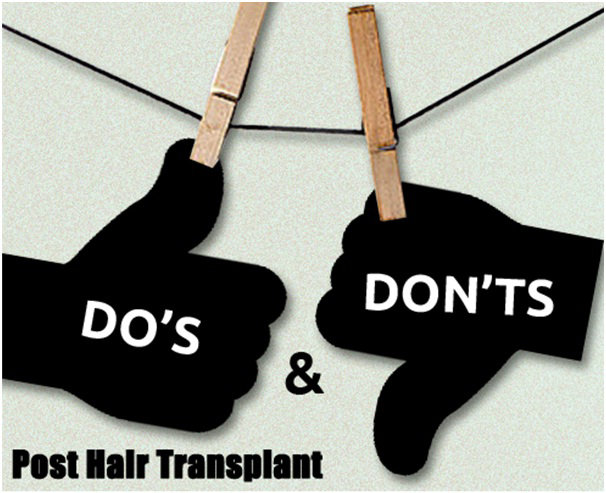Care of the hair before and after hair restoration procedure is vital. After a hair transplant, there are stages that a patient has to go through during the healing process. A patient should be aware of the steps that he/she is likely to pass through after a transplant so that there is no panicking in case he/she realises some symptoms that were not expected. There are also post-operative procedures that a patient must strictly follow to ensure that there is optimal healing and transplant growth. Hair transplant has produced good results in several patients in India and abroad and it is a much sought after hair treatment to cure baldness. There are several hair clinics in Kolkata that offer hair transplant. With advancement in technology hair transplantation has become affordable to all. You can also get affordable hair transplant in Kolkata and can rid of your baldness. Clinicspots is a premier online medical facilitator that will help you find a solution to any of your hair problem.

The following are very important to follow in summary, after hair transplant;
- The night after the procedure and a few nights after, the patient should sleep with his/her head elevated.
- The following morning following the procedure, headband should be removed and scalp showered and shampooed thrice.
- A week after transplant, scalp should be shampooed gently.
- Ten days after transplant, the patient can resume with his/her usual shampooing and care of hair because the grafts are now permanent.
- Three days after the procedure, alcohol should be avoided.
- Total abstinence from smoking for two weeks, after the transplant.
- When under intense sunlight, the patient should wear a hat and use sunscreen two weeks after that. The sunscreen should be 30 SPF or higher.
- Three weeks after transplant, one can have a haircut.
- Four weeks after the transplant, the hair can be dyed.
- The patient should restrain him/herself from strenuous exercise for several weeks after surgery.
During the night after the hair transplant, one is encouraged to sleep with the head elevated on the pillow. Some medications are given for sleep and those also meant to kill pain whenever necessary. Antibiotics are not necessary. The following morning, you will be required to remove the hair band and take a shower then shampooing the scalp thrice; this is only done on the first day. For the whole of the week of the surgery, you will be required to take a shower twice daily for the whole week. When taking a shower, you will be expected to clean the transplanted area with a special shampoo gently. The shampoo is provided at the hospital or clinic where the transplant is done. The follicular unit grafts are made in such a way that they snugly fit into the recipient sites without being dislodged in the shower. The only event when dislodging can occur in the shower is when the instructions that are given there are not followed accordingly. There are no more bandages that are required to cover the transplanted area after the first shower.
In the first week after the surgery, gentleness is recommended when handling the transplanted area. However, shampooing or brushing the hair in a reasonable manner resumes ten days after the operation since that is when the hair grafts are firm and cannot be damaged. It is also after ten days that one can decide to have a haircut. Dying of hair, for those who see it fit, must however wait for four weeks after the transplant.
Patients can resume their normal duties immediately after the surgery provided that the activities they get involved in are not strenuous. These strenuous activities can be performed several weeks after the transplant, all depending on the kind of donor incision and the scalp laxity. Follow-ups can be done by the patients to their doctors in order to check on their progress.
What to expect After your Hair Surgery
When the post-operative directives are followed carefully, hair transplant in most patients is not detectable. The patients are provided with medications to help when there is swelling of the transplant area. Some patients may however still experience swelling on the forehead which settles between the areas of the eyes and nose. This swelling will however go.
The hair that was transplanted begins to sprout at around week 10. In 6 months’ time, the hair is long enough for grooming. In most cases, it only takes one year for the hair to be fully grown. In the few months after the hair transplant surgery, the patient may experience shedding of the original hair before the new hair start growing. This should not bring panic since it is a normal thing; response to the conditions that the hair has been subjected to. It is just but a transient happening that gets to correct itself without intervention once the new hair begins to grow.
Successful hair transplant does not end at the health facility where the transplant is done; its success extends out there, to your homes. It is the patient’s responsibility making sure that the instructions that they are given are abided to in order to prevent further complications or poor results. Check-ups are also necessary for the patient to confirm that the healing process is appropriate and that no further complications may occur.










Comments are closed.